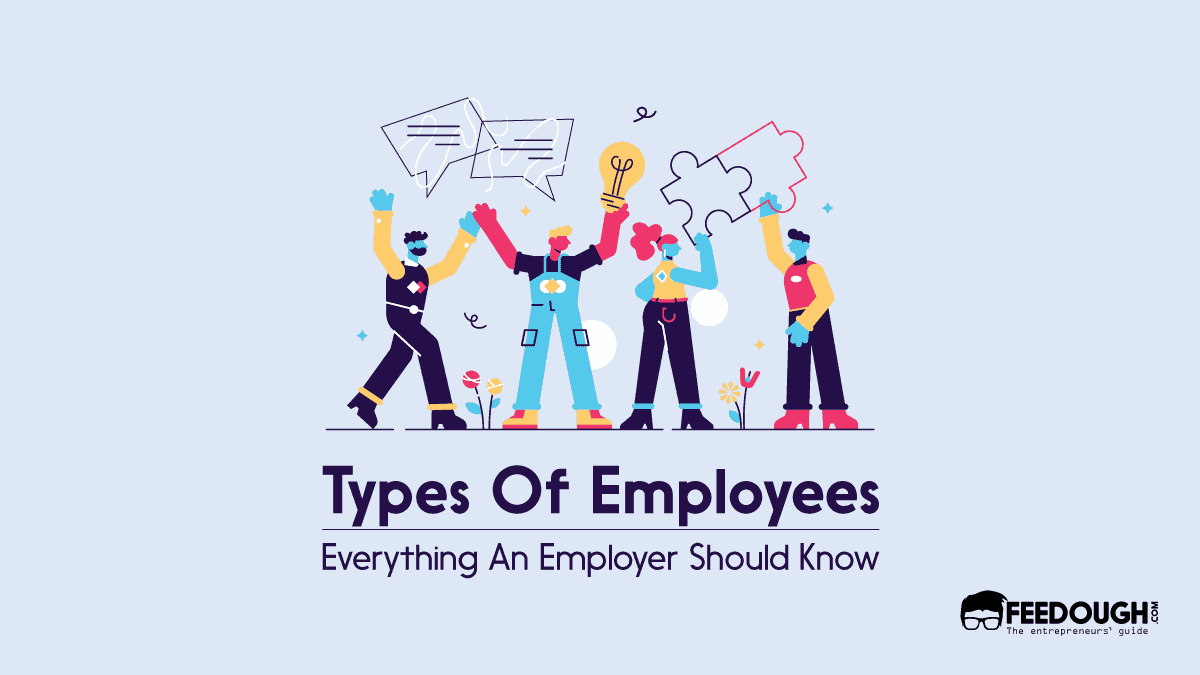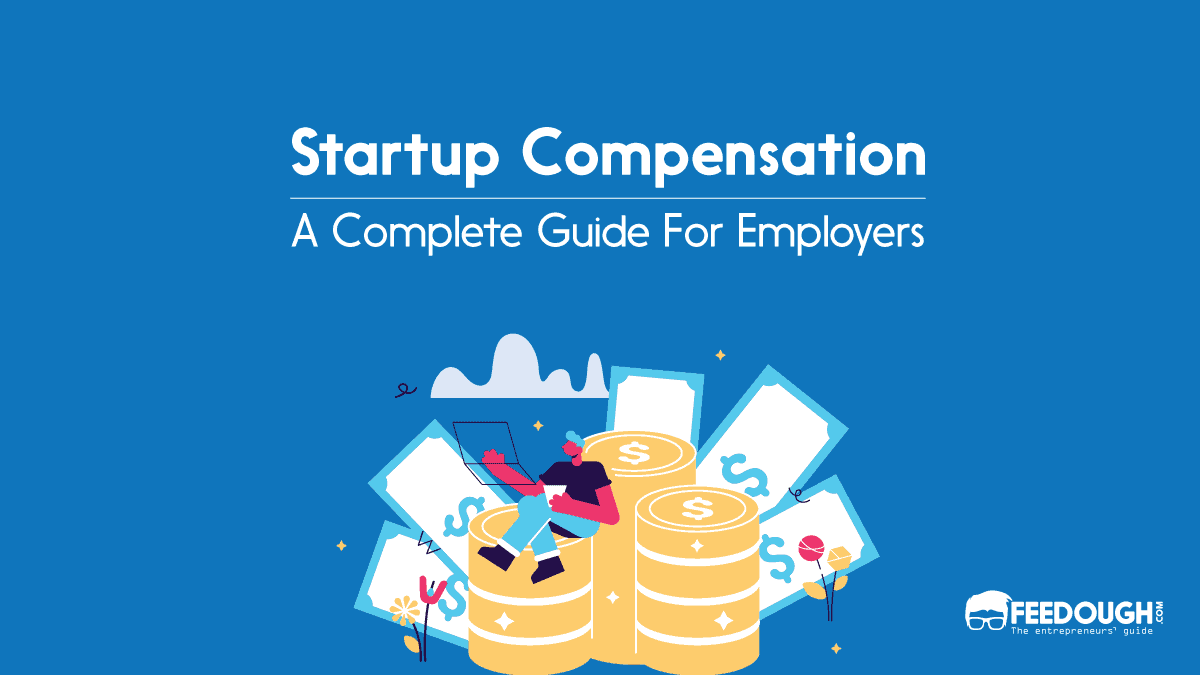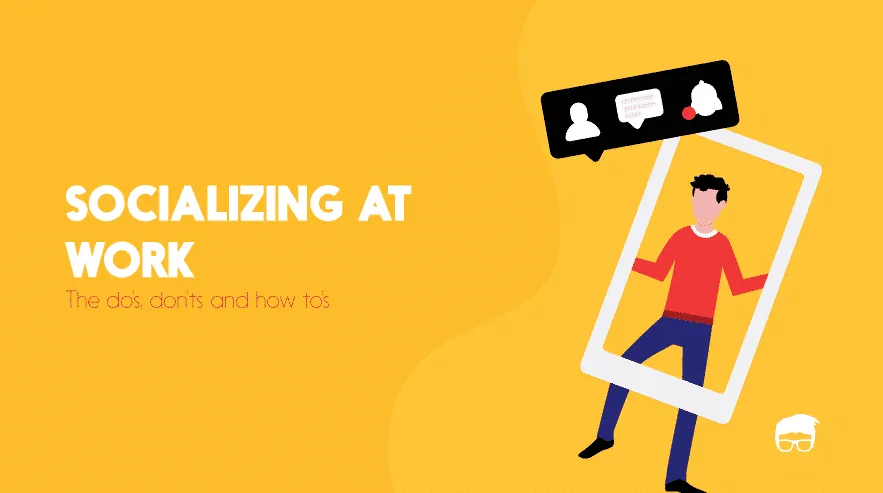New businesses, especially startups, aim to generate maximum returns using limited investment. So, they need to wisely allot every kind of capital, be it financial, physical, or human.
While founders generally focus enough on fundraising and securing necessary infrastructure, human capital tends to go neglected.
Trust us, making the right hire isn’t easy. It is not just about recruiting dependable employees and partnering with skilled freelancers; hiring the right types of workers is as necessary.
Typically, workers can be grouped into two broad categories: employees and contingent workers. A healthy balance of both is needed for a successful organisation.
Read on to learn more about the types of employees and contingent workers you can hire.
Types Of Employees
On hearing the word ‘employee’, one’s mind automatically goes to a professional who comes in every weekday at nine and leaves at five. However, that’s not all there is to an employee.
A company’s employees are the workers on its payroll who are hired for a specific part-time, full-time, or even temporary job at a pre-determined compensation rate and structure. Typically, their payslip comprises salary, perks, and benefits (like contribution to a retirement fund and health insurance). They are also entitled to paid leaves.
Employees usually work for only one organisation at a time and are even bound by agreements to do so. Their employers have considerable authority over them and their work. For instance, an employer decides when and how to do specific tasks and assigns it to their employees. They also determine the time of work and file their employees’ taxes.
However, we have agreements and laws in place to protect the employees from exploitation.
Now, let’s discuss the different types of employees you can hire.
Full-time Employees
Full-time employees are the ones who work around 30-40 hours a week. They generally stay with your business for a longer duration and won’t have enough time to associate with another organisation. So, they prioritise your work and expect you to prioritise them in return.
Full-time employees expect various perks and benefits besides salary. Many new businesses also pay them in equity. Also, they receive extra for working overtime. Because of this much cost, new businesses do not prefer hiring full-time employees except for some key roles.
Part-time Employees
Part-time employment is undertaken by students and stay-at-home parents who have commitments that do not allow them to work full time. In fact, many stay-at-home parents with amazing credentials look for part-time employment opportunities where they charge less and deliver more.
Although they work less than 20-30 hours a week and cannot be expected to prioritise work over everything else, part-time employees are the legitimate employees of an organisation. They are entitled to the same respect and pro-rata benefits as full-time employees (although not mandated by the law).
Fixed Term/Contract/Temporary Employee
They are short-term employees usually hired for temporary projects within an organisation. They may work part or full-time depending on your requirements and their commitments. While a few contract employees may be looking for full-time opportunities, others are just exploring their niches and/or getting a taste of different work cultures.
Since temporary employees have worked with several businesses across different industries, they have immense knowledge and expertise. So, make use of that while they are with you.
Remember that, although they might leave in some time, they are your workers. They deserve the same respect, perks, and incentives as your permanent employees. You are even required to file taxes on their behalf.
One more thing to know here is that you may directly recruit temporary employees or approach hiring agencies for the same.
Leased/Labour-Hire Employee
When you hire a temporary employee (for part or full-time work) through an agency, they are called leased employees. Technically, they are the employees of the agency that has ‘leased’ them to you in exchange for money; the agency takes its cut from the amount and then transfers it to the employees.
Although leasing employees cost you more, agencies provide you with skilled workers at short notice.
Seasonal Employees
Seasonal employees are the ones who are hired for full-time or part-time roles during a specific season, usually when the workload is heavy. They are similar to temporary employees, but their demand goes up in certain months of the year.
Although seasonal employment has been common in traditional sectors (like agriculture, fishing, etc.) for centuries, startups dealing in these domains have boosted it. Also, there are other profiles and industries where demand shoots up during certain months; for instance, hotels employ more staff during holiday months.
Keep in mind that, although seasonal employees are temporary, you must build good relations with them. Give them the same perks and benefits you will give to a permanent worker and retain them for next year.
Moreover, some countries require employers in certain industries to provide insurance for the seasonal employees who work with them for six months or more. So, consider your finances and laws well before hiring a seasonal employee.
When you divide one full-time job between two or more people, they are called job-share employees. These roles are desirable among skilled professionals who want more flexibility and work-life balance, especially because of their personal commitments. You, as an employer, benefit from the increased productivity of two content employees rather than one frustrated one. Job-sharing also ensures that your work is done at least halfway even when one of the employees is on leave.
However, a job-sharing arrangement isn’t easy to design. You have to see whether the employees will work together as a team or on a rotating basis. You will also have to manage workspaces and divide salary, perks, and incentives in a way that suffices them without being a burden on your finances. You also need to see that all the employees can work in unison and are satisfied with each other and you.
Types Of Contingent Workers
Contingent workers are generally those who work on a project or fixed-term contract basis with you. They may be working with more than one business at a time. Unlike employees, they aren’t a part of your organisation; they partner with you for some time in exchange for a pre-decided amount.
You can pay contingent workers per project, per hour, per week, or even per month. However, they are not entitled to any perk or benefit. You don’t file their taxes or exercise any control over the time, method, or manner of their work. All the specifics of your association with them are determined by agreements.
Freelancers
Freelancers are self-employed experts in the fields of marketing, designing, website building, accounting, etc. They usually work on a project basis, except for a few jobs like virtual assistance where they enter into term-based contract.
Since they have partnered with various businesses across different industries, they are experts at their work. Also, they aim at building long-term relations and getting more gigs through you. So, they usually produce satisfactory work. Not only this, freelancers have helped many early-stage businesses with their suggestions and guidance. They deliver more than regular employees at less cost and turn out to be good investments.
The toughest part of dealing with a freelancer is finding the right one. Do that well, value them, and you got a good worker.
Consultants
Organisations usually onboard consultants in the field of marketing, law, accounts, etc. They are also self-employed and experts in their respective fields; however, instead of working hands-on on a project, they guide you in those domains.
Early-stage businesses generally look up to consultants. While many of them demand a fixed sum for their services; a few worthy ones deserve equity and a board position. However, you must keep in mind that a consultant can steer the course of your business and hence, find the right one.
Interns
Interns are the students or graduates who work with a company for experience, knowledge, and college credits. They generally settle for little or no remuneration.
Although most of them are unskilled and can only be hired for junior positions, interns are usually eager to work. Build a suitable work culture, give them opportunities to learn, and they will be amazingly productive. After a couple of months, you can decide to offer permanent part-time or full-time roles to zealous and driven interns.
How to Decide on the Type of Employees and Contingent Workers to Hire?
The right type of worker is the one that suits your needs. So, it is necessary to decide who you need to hire and for what profile.
For instance, you cannot employ a full-time web developer to build your ecommerce website, can you? No, that’s the job you outsource to a freelancer. Similarly, you cannot expect a freelance designer to work 6 hours a day for three months.
So, how do you understand which type of employee is best suited for what role?
- Outline the tasks: List down all the jobs that need to be done. Make sure that the list includes everything that sustains your business, even the work done by you and your cofounders. Now, separate the tasks your current team should necessarily do; the rest are the roles you need to hire for.
- Determine their frequencies: Determine the number of times these tasks need to be done in a day, week, month, or the complete lifetime of your business. Ask yourself questions. Do we need to do this every day? Wont it be sufficient of we do this once? Can’t we completely skip this task? For instance, while website building is a one-time job for eCommerce, it may be an ongoing task for a fintech startup.
- Allot them: Now, you need to discuss with other team members and determine which type of worker to hire for which roles. You may recruit an employee for an ongoing job and a contingent worker for a one-time task. While some profiles require skilled workers, the others may be done by interns and less-skilled part-time employees; they will deliver as much at a lower charge. Also, if you have enough time, don’t approach a hiring agency; rather, find employees yourself through job portals and professional networks.
Consider your requirements thoroughly, discuss with your team and only then make your decision.
Go On, Tell Us What You Think!
Did we miss something? Come on! Tell us what you think about our article on types of employees in the comments section.
A finance enthusiast, literature beau and lifelong learner. Working her way up the success ladder and her personal philosophy textbook, Kavvya believes that a good conversation is worth more than a good book. When not working, she can be found reading, writing and engaging in long walks.









